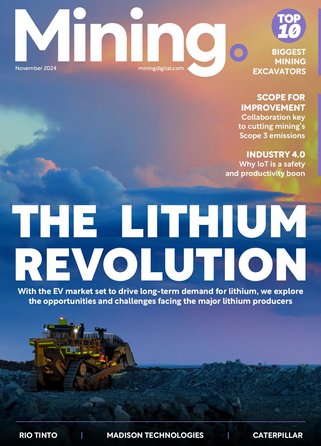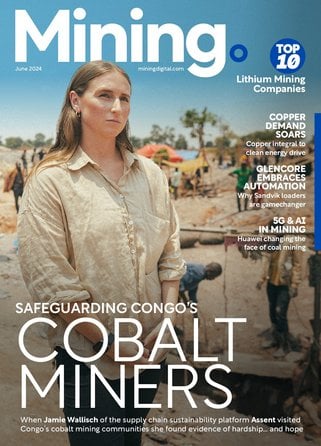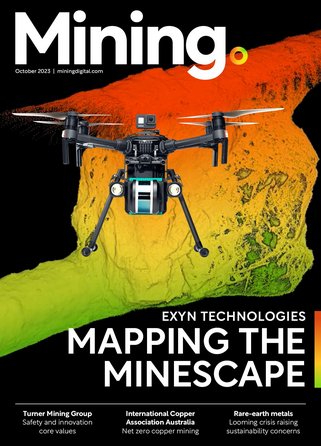Inside Rio Tinto’s US$6.7bn Arcadium Lithium Acquisition

The shift towards a sustainable future leans heavily on the adoption of electrification technologies, where batteries form a critical backbone.
Lithium-ion batteries, used widely for their reliability and longevity, play a pivotal role in powering electric vehicles (EVs), alongside supporting renewable energy storage and grid stability.
Rio Tinto has completed its US$6.7bn acquisition of Arcadium Lithium, now known as Rio Tinto Lithium.
Jakob Stausholm, CEO at Rio Tinto, says: “We are delighted to welcome the employees of Arcadium to Rio Tinto.
“Together, we are accelerating our efforts to source, mine and produce minerals needed for the energy transition.
“By combining Rio Tinto’s scale, financial strength, operational and project development experience with Arcadium’s Tier 1 assets, technical and commercial capabilities, we are creating a world-class lithium business which sits alongside our leading iron ore, aluminium and copper operations.
“We believe we are well-positioned to deliver the materials needed for the energy transition while maintaining our focus on respecting local communities, minimising environmental impacts and delivering value for shareholders and other stakeholders.”
Through this deal, Rio will gain access to lithium mines, processing facilities, deposits and customers including General Motors, Tesla and BMW.
About Rio Tinto
Rio Tinto, a global entity with joint headquarters in London and Melbourne, operates in more than 35 countries and employs approximately 60,000 people.
Its main business segments cover iron ore, aluminium, copper and minerals – this acquisition brings lithium to the business.
The integration of lithium into its mining activities supports its broader strategic goals.
By 2030, it aims to reduce its Scope 1 and 2 emissions by 50% from a 2018 baseline.
Meet Rio Tinto Lithium
Arcadium, now Rio Tinto Lithium, was formed through the merger of Livent and Allkem, a special chemicals company and a lithium mining company, in January 2024.
It was the third largest lithium producer in the world.
Jakob said on LinkedIn: “Lithium is a cornerstone mineral of the energy transition, and this transaction represents a critical step towards establishing ourselves as a global leader in this market.
“Together, Rio and Arcadium have the scale, financial strength, technical, operational and commercial expertise to create the world’s best lithium business.”
What goes into a battery?
Beyond lithium, a variety of other raw materials are vital for the construction of lithium-ion batteries.
Graphite, cobalt, manganese, nickel, copper, and aluminium are integral in forming the various components of these batteries.
Lithium is used in a battery’s cathode, typically as lithium metal oxides or phosphates, and in lithium salts that make its electrolyte solution.
Copper is used for anode current collectors along with Aluminium.
Bringing lithium into Rio’s portfolio positions the company well to support the transition to cleaner energy.
Why are batteries needed?
The surge in battery technology isn't confined to the tech or automotive sectors.
Across industries, equipment from trucks and trains to hair dryers and leaf blowers can put them to use.
Battery energy storage systems are used to enhance modern electricity grids, so even electricity used at home can be supplied in this way.
Batteries allow energy to be stored in chemical form and used later when it is needed.
With renewable energy sources like wind and solar that don’t produce consistent amounts of power, batteries can fill in when energy generation is low.
______________________
Check out the latest issue of Mining Digital.
Mining Digital is a BizClik brand.





